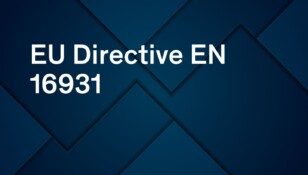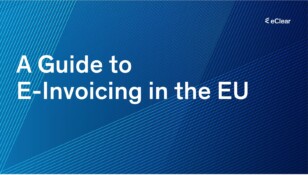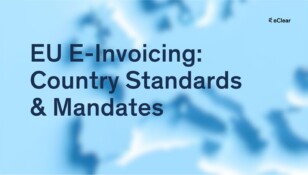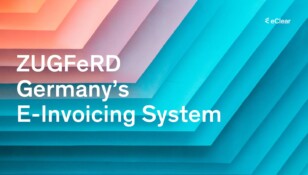VAT in the Netherlands
Value-Added Tax (VAT) was introduced in the Netherlands in 1969. It is known as “Belasting op de Toegevoegde Waarde” (BTW) in Dutch. The Dutch VAT system is in line with the European Union’s VAT directives, and the Netherlands is a member of the EU VAT area.

Dutch VAT Rates
The Netherlands has three VAT rates: the standard rate, the reduced rate, and the zero rate. Online merchants must know which rate applies to their products and services.
For a complete list of goods and services and their respective VAT rates, consult the Dutch Tax and Customs Administration website.
Standard rate (21%)
This rate applies to most goods and services in the Netherlands. Examples include clothing, electronics, and general consumer products.
Reduced rate (9%)
This rate applies to specific goods and services, such as food, books, and public transportation.
Zero rate (0%)
The zero rate applies to international transactions, including exports and certain services provided to non-EU customers.
VAT Exemptions
Some goods and services are exempt from VAT in the Netherlands, such as educational services, medical services, and certain financial services. Additionally, small businesses with an annual turnover below €20,000 may qualify for the “Kleineondernemersregeling” (small business scheme), which allows for VAT exemption. More information on VAT exemptions can be found here.
Every standard rate, every reduction, every exemption
Your entire product portfolio precisely classified in the currently valid VAT logic of each EU member state (plus the UK).
Certified, system-integrated and permanently updated.
VATRules knows all the VAT rates you calculate in the EU-27 and the UK and assigns them to your product groups.
Is the sale of goods taxable or tax-free? Which tax rate is applicable? — Regular, reduced or super-reduced? Which exceptions and re-exceptions apply?
VATRules applies this tax content to your ERP or shop system. Item-specific, always up-to-date and for all EU-27 (plus the UK).
Input tax refund
In the Netherlands, businesses registered for VAT purposes can generally claim back the VAT they’ve incurred on their business expenses. This is referred to as an input tax refund. The process for claiming an input tax refund in the Netherlands involves the following key points:
Eligibility: Businesses must be registered for VAT in the Netherlands and have a valid VAT identification number.
Deductible VAT: Not all VAT paid on purchases is deductible. Some expenses, such as business entertainment and certain passenger vehicles, are not eligible for a VAT refund.
Filing deadlines: VAT returns are typically filed on a monthly, quarterly, or annual basis, depending on the size of the business and its VAT obligations. Input tax refunds are claimed by including them on the VAT return form.
Documentation: To claim an input tax refund, businesses must retain proper documentation, including invoices, which prove the VAT amounts paid on their expenses.
VAT Registration
Online merchants selling goods or services to customers in the Netherlands may be required to register for VAT. If your business is established in the Netherlands, you must register for VAT if you exceed the €25,000 annual turnover threshold. This measure will run out by the end of 2024.
The distance selling threshold for businesses outside the Netherlands but within the EU is €100,000. Once you exceed this threshold, you must register for VAT in the Netherlands. Non-EU companies must register for VAT in the Netherlands when they start selling to Dutch customers.
To register for VAT in the Netherlands, you can apply online through the Dutch Tax and Customs Administration website.
Requirements for Invoices and Reporting
Invoicing Requirements
Mandatory Invoice Details
To comply with Dutch VAT regulations, your invoices must include details. These include your business name, address, VAT number, and your customer’s name and address. Additionally, you must include the following:
- The invoice date.
- A unique invoice number.
- A clear description of the goods or services provided.
- The quantity and unit price.
- The applicable VAT rate.
- The total VAT amount charged.
Simplified Invoices
For transactions below €100, simplified invoices may be issued. These invoices only need to include the invoice date, a unique invoice number, your VAT number, a description of the goods or services, the VAT rate, and the total VAT amount charged.
E-invoicing
The European Standard for E-invoicing (EN 16931)
The Netherlands has adopted the European Standard for E-invoicing (EN 16931), which defines the requirements for electronic invoices in the European Union. As a result, e-invoices sent within the Netherlands and across EU borders must adhere to this standard to ensure compliance.
Benefits of Adopting E-invoicing
E-invoicing offers numerous benefits, including increased efficiency, reduced costs, and improved accuracy. Adopting e-invoicing allows your business to streamline its invoicing processes and stay VAT-compliant more easily.
VAT Reporting Obligations
Frequency of VAT Returns
Online merchants registered for VAT in the Netherlands must file VAT returns quarterly. However, depending on your business circumstances, you may be eligible for monthly or annual filing.
Special Reporting Circumstances
Certain transactions, such as intra-community acquisitions, reverse-charge transactions, and distance sales, may require additional reporting, such as filing an EC Sales List (ESL) or an Intrastat declaration.
Deliveries of Goods and Services
B2B
For B2B transactions within the EU, the “reverse-charge mechanism” typically applies. The buyer is responsible for accounting for the VAT rather than the seller. To benefit from this mechanism, the buyer and seller must be VAT registered, and the seller must include the buyer’s VAT number on the invoice. More information on B2B deliveries of goods and services can be found on this page.
B2C
For B2C transactions, online merchants must charge the VAT rate applicable in the customer’s country. Suppose your business exceeds the distance selling threshold of €100,000 for sales to Dutch customers. In that case, you must register for VAT in the Netherlands and charge Dutch VAT on those sales. More information on B2C deliveries of goods and services can be found here.
Links to official websites of the Dutch tax authorities
- Dutch Tax and Customs Administration: The official website for tax-related information in the Netherlands, including VAT rates, exemptions, and registration.
- European Union VAT Information Exchange System (VIES): Verify VAT numbers of businesses within the EU, which is essential for online merchants dealing with intra-EU transactions.
- Dutch Chamber of Commerce (KVK): Offers information on starting a business in the Netherlands and registering for VAT.
- Tax Information and Consultation Service (BelastingTelefoon): A helpline for tax-related questions, including VAT issues.
- EORI Registration: Information on obtaining an EORI number for importing goods into the EU.
Simplified VAT reporting: The One-Stop-Shop Procedure
With the EU’s One-Stop-Shop procedure, online traders can benefit from simplification: Instead of registering in different countries for VAT purposes, the One-Stop-Shop (OSS) can be used. Here, all reporting obligations and payment obligations are handled centrally at a single point. Read more about the requirements here.
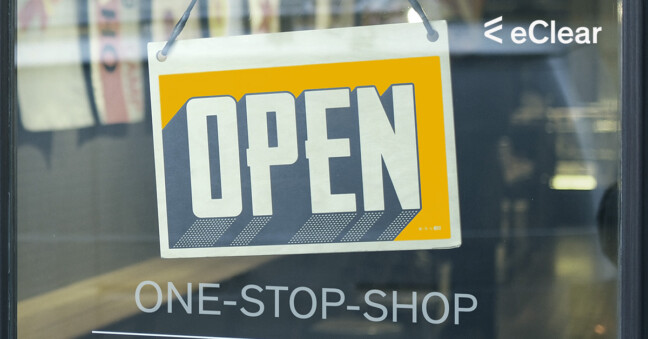
Overview of VAT in the Dutch Overseas Territories
The Dutch Overseas Territories include Aruba, Curaçao, Sint Maarten, and the special municipalities of Bonaire, Sint Eustatius, and Saba (collectively known as the Caribbean Netherlands), have distinct VAT systems and regulations compared to the European Netherlands. Online merchants must understand these differences when doing business in these territories.

Aruba
In Aruba, the turnover tax is comprised of three separate components: BBO, BAZV, and BAVP. The total rate for these taxes is 6%, with BBO (turnover tax) set at 1.5%, BAVP (provision for special projects) also at 1.5%, and BAZV (health levy) accounting for the remaining 3%. More information on BBO in Aruba can be found on the Aruba Tax Administration website.
Curaçao
Curaçao does not implement a VAT system. Instead, the island nation utilizes a sales tax called “Omzetbelasting” (OB), with a standard rate of 6%. In certain cases, depending on the nature of the goods or services, enhanced rates of 7% and 9% may be applied to ensure appropriate taxation. For more information on the OB system in Curaçao, consult the Curaçao Tax Administration website.
Sint Maarten
Key corporate taxes include income tax (inkomstenbelasting), profits tax (winstbelasting), dividend tax (dividendbelasting), and company turnover tax (belasting op bedrijfsomzetten or BBO). The 5% BBO applies to goods and services delivered by resident or non-resident entrepreneurs within the territory. The primary indirect tax is Turnover Tax (TOT), levied on businesses for all transactions. TOT charged to a business cannot be offset against the TOT payable on revenues. For more information on the ToT system in Sint Maarten, visit the Sint Maarten Tax Administration website.
Caribbean Netherlands (Bonaire, Sint Eustatius, and Saba)
The Caribbean Netherlands employ an Expenditure Tax (Algemene bestedingsbelasting or ABB) instead of a VAT system. The general ABB rate is 8% for goods and 6% for services. Special rates apply to specific items, such as 7% for insurance services and 25% for cars with CO-2 emissions, while zero-emission cars have a 0% rate. More information on the ABB system in the Caribbean Netherlands can be found on the Belastingdienst Caribisch Nederland website.


